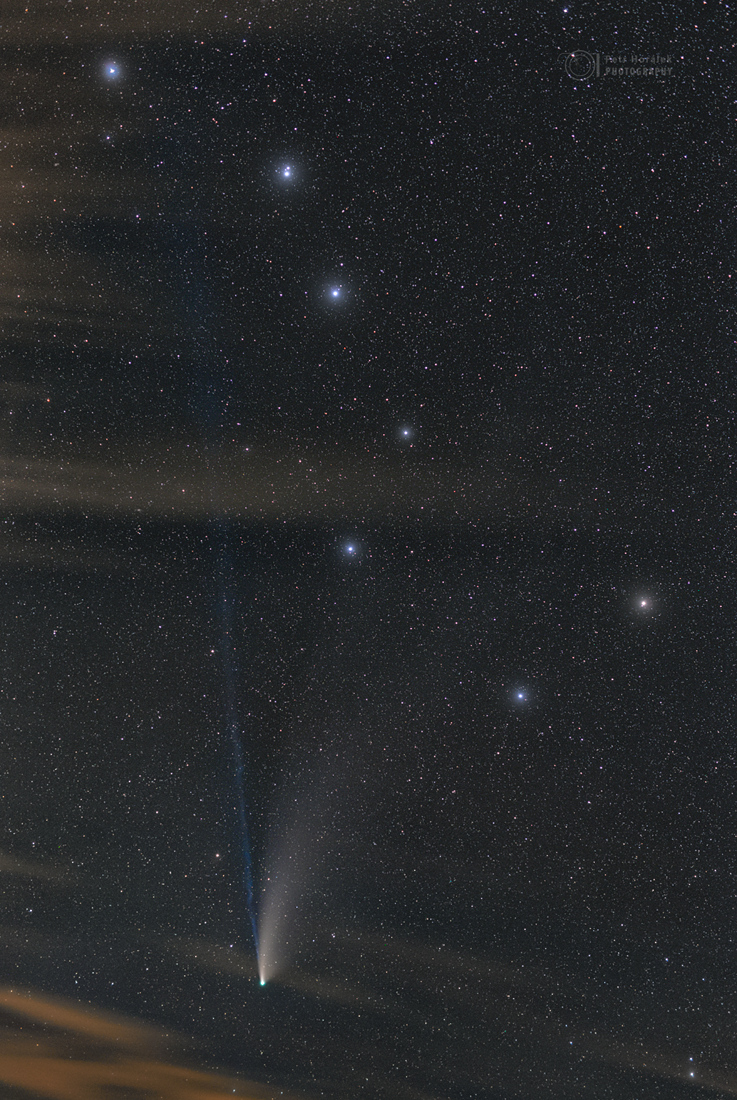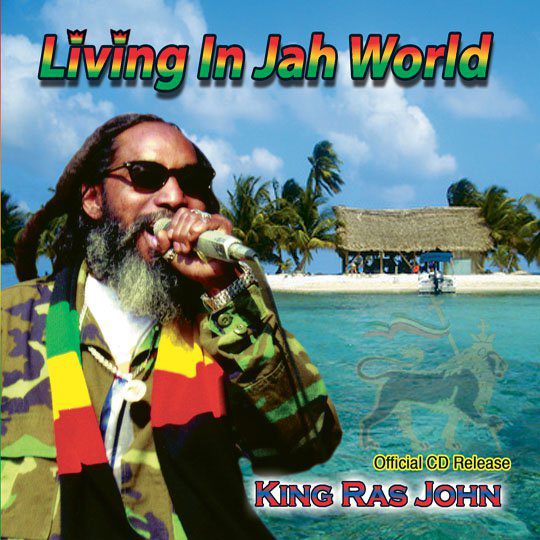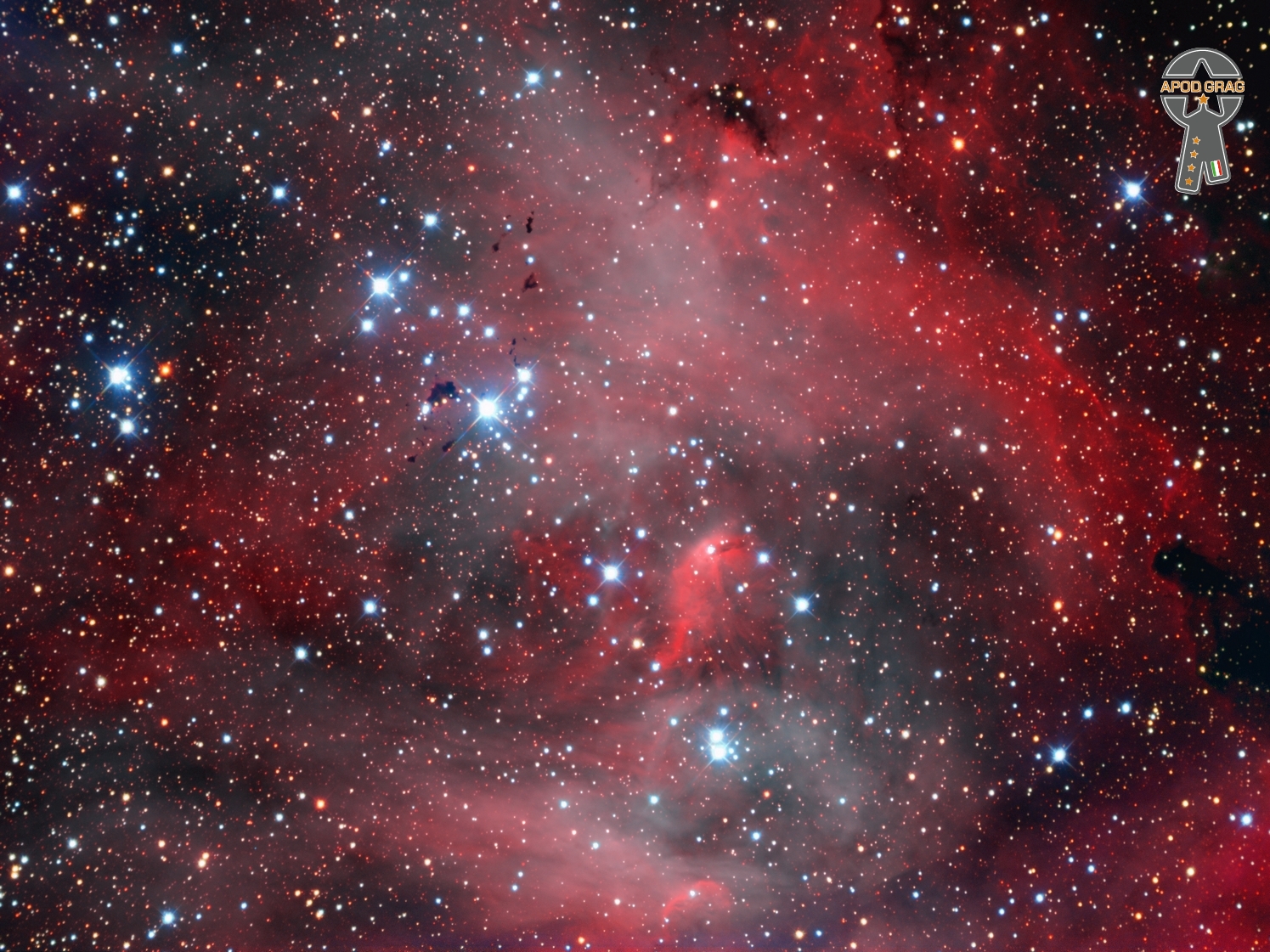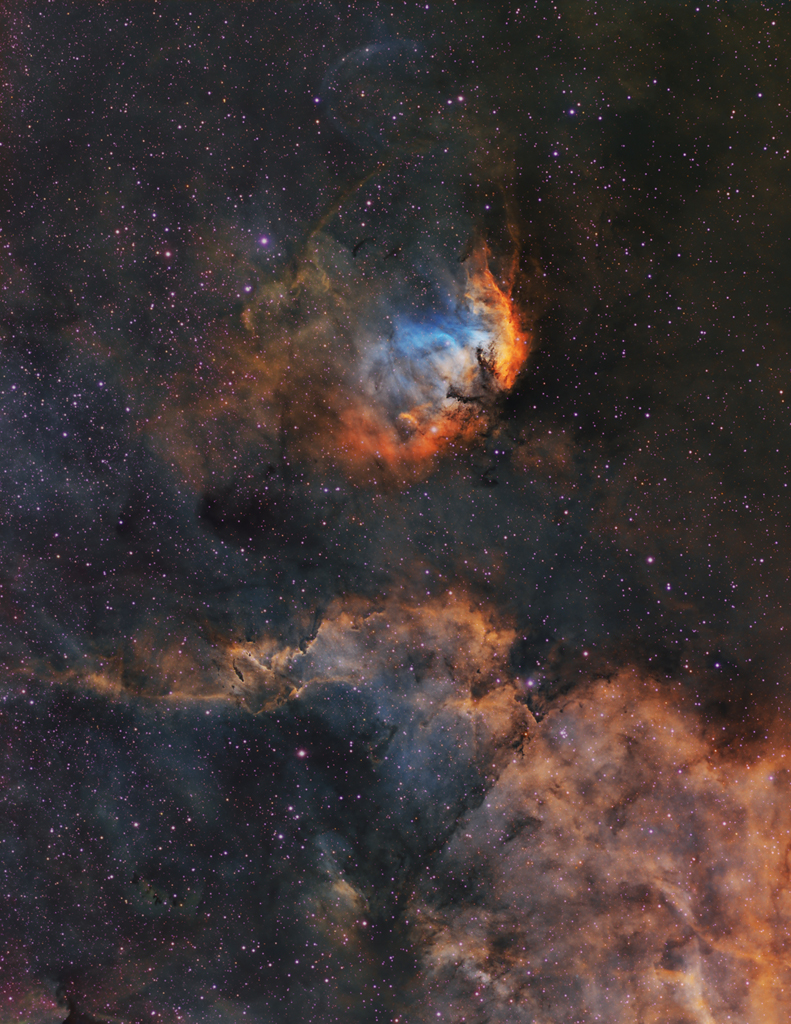Blog
Ramblin’ Jack Elliott (born Elliot Charles Adnopoz; August 1, 1931) is an American folk singer.
Elliott was born in 1931 in Brooklyn, New York, United States, the son of Florence (Rieger) and Abraham Adnopoz, an eminent doctor. His family was Jewish. He attended Midwood High School in Brooklyn and graduated in 1949. Elliott grew up inspired by the rodeos at Madison Square Garden, and wanted to be a cowboy. Encouraged instead to follow his father’s example and become a surgeon, Elliott rebelled, running away from home at the age of 15 to join Col. Jim Eskew’s Rodeo, the only rodeo east of the Mississippi. They traveled throughout the Mid-Atlantic states and New England. He was with them for only three months before his parents tracked him down and had him sent home, but Elliott was exposed to his first singing cowboy, Brahmer Rogers, a rodeo clown who played guitar and five-string banjo, sang songs, and recited poetry. Back home, Elliott taught himself guitar and started busking for a living. Eventually he got together with Woody Guthrie and stayed with him as an admirer and student.
With banjo player Derroll Adams, he toured the United Kingdom and Europe. By 1960, he had recorded three folk albums for the UK record label Topic Records. In London, he played small clubs and pubs by day and West End cabaretnightclubs at night. When he returned to the States, Elliott found he had become renowned in American folk music circles.
more...Elmer Crumbley (1 August 1908 – 1993) was an American trombonist.
Crumbley made a lifetime out of music mainly in the traditional swing tradition, as with the Cab Calloway and Earl Hines bands of the 1960s and ’70s. He joined the Dandie Dixie Minstrels in 1926 with bandleader Lloyd Hunter. He played with the George E. Lee Band, western swing pioneer Tommy Douglas, and Bill Owens. But he continued to work with Hunter as well as players such as Jabbo Smith and Erskine Tate. Crumbley founded his own ensemble in Omaha in 1934, and joined up with the Jimmie Lunceford Band the same year. He also played with Eddie Wilcox, Lucky Millinder, and Erskine Hawkins. He toured Europe in the late 1950s with Sammy Price, a period when he also became part of the scene at the Apollo in Harlem with a lively combo led by Reuben Phillips.
https://www.youtube.com/watch?v=RBWNTDGBgwo
more...It was just last July. If you could see the stars of the Big Dipper, you could find Comet NEOWISE in your evening sky. After sunset denizens of the north could look for the naked-eye comet below the bowl of that famous celestial kitchen utensil and above the northwestern horizon. The comet looked like a fuzzy ‘star’ with a tail, though probably not so long a tail as in this memorable skyview recorded from the Czech Republic on July 23th, 2020, near the comet’s closest approach to planet Earth. Photographs of C/2020 F3 (NEOWISE) often did show the comet’s broad dust tail and fainter but separate bluish ion tail extending farther than the eye could follow. Skygazers around the world were delighted to witness Comet NEOWISE, surprise visitor from the outer Solar System.

Stanley Jordan (born July 31, 1959) is an American jazz guitarist noted for his playing technique, which involves tapping his fingers on the fretboard of the guitar with both hands.
Jordan was born in Chicago, Illinois, United States. When he was six, he started on piano, then at eleven switched to guitar. He later began playing in rock and soul bands. In 1976, he won an award at the Reno Jazz Festival. At Princeton University, he studied music theory and composition with Milton Babbitt and computer music with Paul Lansky. He also took freshman calculus with Edward Nelson. While at Princeton he played with Benny Carter and Dizzy Gillespie.
In 1985, Bruce Lundvall became president of Blue Note Records and Stanley Jordan was the first person he signed. Blue Note released his album Magic Touch, which sat at No.1 on Billboard ‘s jazz chart for 51 weeks, setting a record.
Normally, a guitarist uses two hands to play each note. One hand presses down a guitar string behind a chosen fret to prepare the note, and the other hand either plucks or strums the string to play that note. Jordan’s touch technique is an advanced form of two-handed tapping. The guitarist produces a note using only one finger by quickly tapping (or hammering) his finger down behind the appropriate fret. The impact causes the string to vibrate enough to sound the note, and the volume can be controlled by varying the force of impact. Jordan taps with both hands, and more legato than is normally associated with guitar tapping. His technique allows the guitarist to play melody and chords simultaneously. It is also possible, as he has demonstrated, to play simultaneously on two different guitars, as well as guitar and piano.
more...Kenneth Earl Burrell (born July 31, 1931) is an American jazz guitarist known for his work on numerous top jazz labels: Prestige, Blue Note, Verve, CTI, Muse, and Concord. His collaborations with Jimmy Smith were notable, and produced the 1965 Billboard Top Twenty hit Verve album Organ Grinder Swing. He has cited jazz guitarists Charlie Christian, Oscar Moore, and Django Reinhardt as influences, along with blues guitarists T-Bone Walker and Muddy Waters.
Burrell is a professor and Director of Jazz Studies at the UCLA Herb Alpert School of Music.
Burrell was born in Detroit, Michigan. Both his parents played instruments, and he began playing guitar at the age of 12 after listening to Charlie Christian‘s recordings. During World War II, due to metal shortage, he abandoned the idea of becoming a saxophonist, and bought an acoustic guitarfor $10. He was inspired to play jazz after listening to Oscar Moore, but it was Django Reinhardt who showed him “that you could get your own individuality on an instrument.” He went on to study composition and theory with Louis Cabara and classical guitar with Joe Fava. While a student at Wayne State University, he made his recording debut as a member of Dizzy Gillespie‘s sextet in 1951, followed by the “Rose of Tangier”/”Ground Round” single recorded under his own name at Fortune Records in Detroit. While in college, Burrell founded the New World Music Society collective with fellow Detroit musicians Pepper Adams, Donald Byrd, Elvin Jones, and Yusef Lateef.
more...Henry Jones Jr. (July 31, 1918 – May 16, 2010), best known as Hank Jones, was an American jazz pianist, bandleader, arranger, and composer. Critics and musicians described Jones as eloquent, lyrical, and impeccable. In 1989, The National Endowment for the Arts honored him with the NEA Jazz Masters Award. He was also honored in 2003 with the American Society of Composers, Authors, and Publishers (ASCAP) Jazz Living Legend Award. In 2008, he was awarded the National Medal of Arts. On April 13, 2009, the University of Hartford presented Jones with an honorary Doctorate of Music for his musical accomplishments.
Jones recorded more than 60 albums under his own name, and countless others as a sideman, including Cannonball Adderley‘s celebrated album Somethin’ Else. On May 19, 1962, he played piano as actress Marilyn Monroe sang her famous “Happy Birthday, Mr. President” song to then U.S. president John F. Kennedy.
Born in Vicksburg, Mississippi, Henry “Hank” Jones moved to Pontiac, Michigan, where his father, Henry Jones Sr., a Baptist deacon and lumber inspector, bought a three-story brick home. One of seven children, Jones was raised in a musical family. His mother Olivia Jones sang; his two older sisters studied piano; and his two younger brothers—Thad, a trumpeter, and Elvin, a drummer—also became prominent jazz musicians. He studied piano at an early age and came under the influence of Earl Hines, Fats Waller, Teddy Wilson, and Art Tatum. By the age of 13, Jones was performing locally in Michigan and Ohio. While playing with territory bands in Grand Rapids and Lansing in 1944, he met Lucky Thompson, who invited Jones to work in New York City at the Onyx Club with Hot Lips Page.
more...
Final engagement with King Ras John at Harbor Bar Reggae Fest Friday July 30th 6-10pm across from Red Wing, MN

IC 2944, also known as the Running Chicken Nebula or the λ Centauri Nebula, is an open cluster with an associated emission nebula found in the constellation Centaurus, near the star λ Centauri. It features Bok globules, which are frequently a site of active star formation. However, no evidence for star formation has been found in any of the globules in IC 2944.

David William Sanborn (born July 30, 1945) is an American alto saxophonist. Though Sanborn has worked in many genres, his solo recordings typically blend jazz with instrumental pop and R&B. He released his first solo album Taking Off in 1975, but has been playing the saxophone since before he was in high school.
One of the most commercially successful American saxophonists to earn prominence since the 1980s, Sanborn is described by critic Scott Yannow as “the most influential saxophonist on pop, R&B, and crossover players of the past 20 years.” He is often identified with radio-friendly smooth jazz, but he has expressed a disinclination for the genre and his association with it.
Sanborn was born in Tampa, Florida, and grew up in Kirkwood, Missouri. He suffered from polio for eight years in his youth. He began playing saxophone on a physician’s advice to strengthen his weakened chest muscles and improve his breathing. Alto saxophonist Hank Crawford, at the time a member of Ray Charles‘s band, was an early and lasting influence on Sanborn.
Sanborn attended college at Northwestern University and studied music. But he transferred to the University of Iowa where he played and studied with saxophonist J.R. Monterose.
Sanborn performed with blues musicians Albert King and Little Milton at the age of 14. He continued playing blues when he joined Paul Butterfield blues band in 1967. Sanborn recorded on four Butterfield albums as a horn section member and soloist from 1967 to 1971. In the early morning of Monday, August 18, 1969 Sanborn appeared as a member of the band at the WoodstockMusic Festival at Bethel, NY.
more...
George “Buddy” Guy (born July 30, 1936) is an American blues guitarist and singer. He is an exponent of Chicago blues and has influenced guitarists including Eric Clapton, Jimi Hendrix, Jimmy Page, Keith Richards, Stevie Ray Vaughan, Jeff Beck, Gary Clark Jr. and John Mayer. In the 1960s, Guy played with Muddy Waters as a house guitarist at Chess Records and began a musical partnership with the harmonica player Junior Wells.
Guy was ranked 23rd in Rolling Stone magazine’s “100 Greatest Guitarists of All Time“. His song “Stone Crazy” was ranked 78th in the Rolling Stone list of the “100 Greatest Guitar Songs of All Time”. Clapton once described him as “the best guitar player alive”. In 1999, Guy wrote the book Damn Right I’ve Got the Blues, with Donald Wilcock. His autobiography, When I Left Home: My Story, was published in 2012.Guy was born and raised in Lettsworth, Louisiana. His parents were sharecroppers and as a child, Guy would pick cotton for $2.50 per 100 pounds. He began learning to play the guitar using a two-string diddley bow he made. Later he was given a Harmony acoustic guitar which, decades later in Guy’s lengthy career, was donated to the Rock and Roll Hall of Fame.
more...Vernel Anthony Fournier (July 30, 1928 – November 4, 2000) and, from 1975, known as Amir Rushdan, was an American jazz drummer probably best known for his work with Ahmad Jamal from 1956 to 1962.
Fournier was born in New Orleans, Louisiana, into a Creole family. He left college to join a big band led by King Kolax. After Kolax downsized to a quintet, Fournier moved to Chicago in 1948, where he played with such musicians as Buster Bennett, Paul Bascomb and Teddy Wilson. As house drummer at the Bee Hive club on Chicago’s South Side in 1953-55, he accompanied many visiting soloists, including Lester Young, Ben Webster, Sonny Stitt, J.J. Johnson, Earl Washington and Stan Getz.
From 1953 to 1956, Fournier also worked many recording sessions with Al Smith, Red Holloway, Lefty Bates, and others. He joined Ahmad Jamal’s trio in 1957, along with bass player Israel Crosby, and remained with the group until 1962, appearing on a series of recordings for the Chess label. The best known of these, At the Pershing: But Not for Me (1958), became one of the best selling jazz records of all time, remaining on the Billboard jazz charts for over two years.
more...Fandangos is a tree with roots that reach across Andalucía and with branches that keep growing. The form emerged as a popular song and dance in the late 18th Century in the port city of Cádiz from songs and dances brought to Spain from the Americas. The Fandango of today is an aflamencada gathering of those disparate roots. Fandango Andaluz is a broad term that refers to all the forms of Fandangos found across southern Spain. Within this broad category, there are essentially two types of Fandangos, each defined by its source and underlying rhythm
This tall telescopic field of view looks out along the plane of our Milky Way Galaxy toward the nebula rich constellation Cygnus the Swan. Popularly called the Tulip Nebula, the brightest glowing cloud of interstellar gas and dust above center is also found in the 1959 catalog by astronomer Stewart Sharpless as Sh2-101. Nearly 70 light-years across the complex and beautiful Tulip Nebula blossoms about 8,000 light-years away, shown in a Hubble palette image that maps the glow of the nebula’s sulfur, hydrogen, and oxygen ions into red, green, and blue colors. Ultraviolet radiation from young energetic stars at the edge of the Cygnus OB3 association, including O star HDE 227018, ionizes the atoms and powers the emission from the Tulip Nebula. Also in the field of view is microquasar Cygnus X-1, one of the strongest X-ray sources in planet Earth’s sky. Driven by powerful jets from a black hole accretion disk, its fainter bluish curved shock front is only just visible though, directly above the cosmic Tulip’s petals near the top of the frame.

7-29-1939
A talented bop-based pianist and an extremely appealing and sensuous vocalist, Ellyn Rucker is definitely a fixture within the Denver region. Although she began playing piano when she was eight, found out jazz at 13, and analyzed traditional piano at Drake University or college, she didn’t decide to turn into a full-time musician until 1979. Rucker offers toured Europe many times (with and without Spike Robinson), documented many albums for Capri, includes a full-length video on Amusement Jazz, and performed at many celebrations. Probably if Ellyn Rucker acquired adopted music full-time twenty years previously or resided in a more substantial region than Denver she’d be a larger name. Nevertheless, her talent is definitely in the main leagues and her recordings are quite interesting and powerful.
more...Charles Henry Christian (July 29, 1916 – March 2, 1942) was an American swing and jazz guitarist.
Christian was an important early performer on the electric guitar and a key figure in the development of bebop and cool jazz. He gained national exposure as a member of the Benny Goodman Sextet and Orchestra from August 1939 to June 1941. His single-string technique, combined with amplification, helped bring the guitar out of the rhythm section and into the forefront as a solo instrument. For this, he is often credited with leading to the development of the lead guitar role in musical ensembles and bands. John Hammond and George T. Simon called Christian the best improvisational talent of the swing era. In the liner notes to the album Solo Flight: The Genius of Charlie Christian (Columbia, 1972), Gene Lees wrote that “Many critics and musicians consider that Christian was one of the founding fathers of bebop, or if not that, at least a precursor to it.”
Christian’s influence reached beyond jazz and swing. In 1990, he was inducted into the Rock and Roll Hall of Fame in the category Early Influence.
In 2006 Oklahoma City renamed a street in its Bricktown entertainment district “Charlie Christian Avenue” (Christian was raised in Oklahoma City and was one of many musicians who jammed along the city’s “Deep Deuce” section on N.E. Second Street).
Christian was born in Bonham, Texas. His family moved to Oklahoma City, Oklahoma, when he was a small child. His parents were musicians. He had two brothers, Edward, born in 1906, and Clarence, born in 1911. All three sons were taught music by their father, Clarence Henry Christian. Clarence Henry was struck blind by fever, and in order to support the family he and the boys worked as buskers, on what the Christians called “busts.” He would have them lead him into the better neighborhoods, where they would perform for cash or goods. When Charles was old enough to go along, he first entertained by dancing. Later he learned to play the guitar, inheriting his father’s instruments upon his death when Charles was 12.
In the late 1930s Christian contracted tuberculosis, and in early 1940 he was hospitalized for a short period in which the Goodman group was on hiatus because of Goodman’s back trouble. Goodman was hospitalized in the summer of 1940 after a brief stay at Santa Catalina Island, California, where the band stayed when they were on the West Coast.
After a visit to the hospital that same month by the tap dancer and drummer Marion Joseph “Taps” Miller, Christian declined in health. He died March 2, 1942, at the age of 25. He was buried in an unmarked grave in Bonham, Texas.
more...More Posts
- John Williams
- Lonnie Johnson
- World Music Sungu Lubuka
- Daily Roots Bob Marley
- Bob Marley Interview by Martin Keller 1978?
- Cosmos NGC 4038
- Earl King
- King Curtis
- Eubie Blake
- Daily Roots Yabby You
- MARDI GRAS DAY 2024-One Week From Today
- Bob Marley Day 2024
- Cosmos NGC 1566
- Bob Marley
- Natalie Cole
- John Pisano
- Dimitrievitch Gypsies
- Daily Roots Leroy Smart
- Cosmos NGC 3372
- Rick Laird